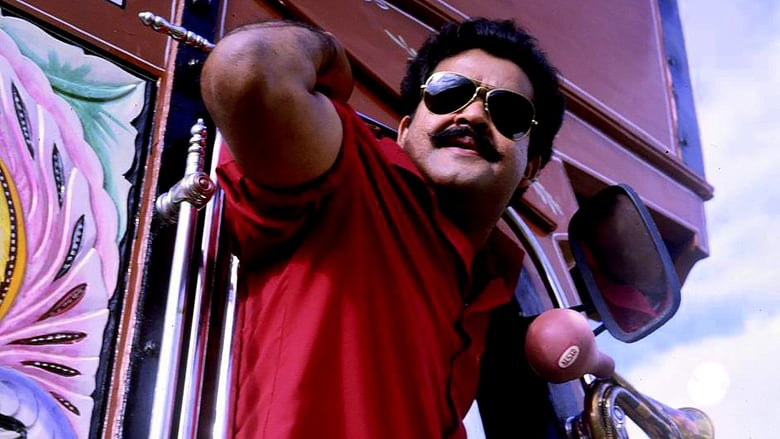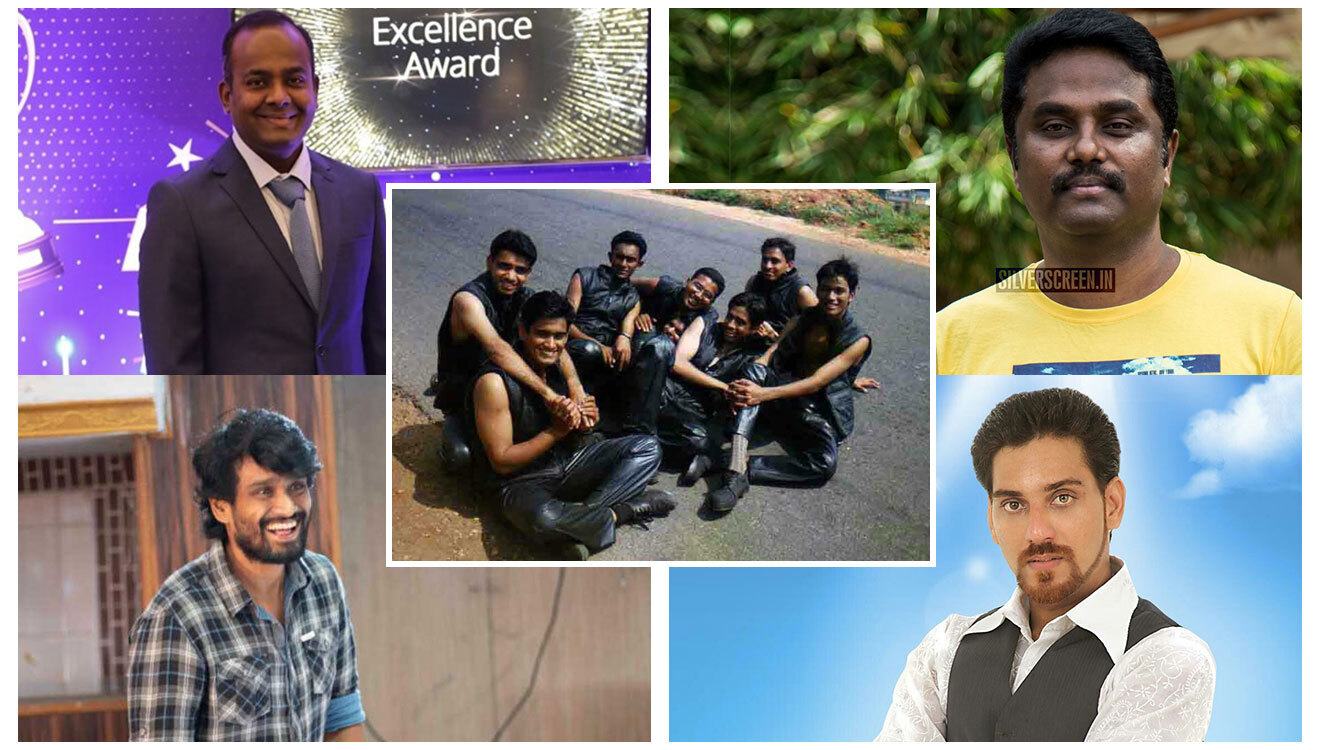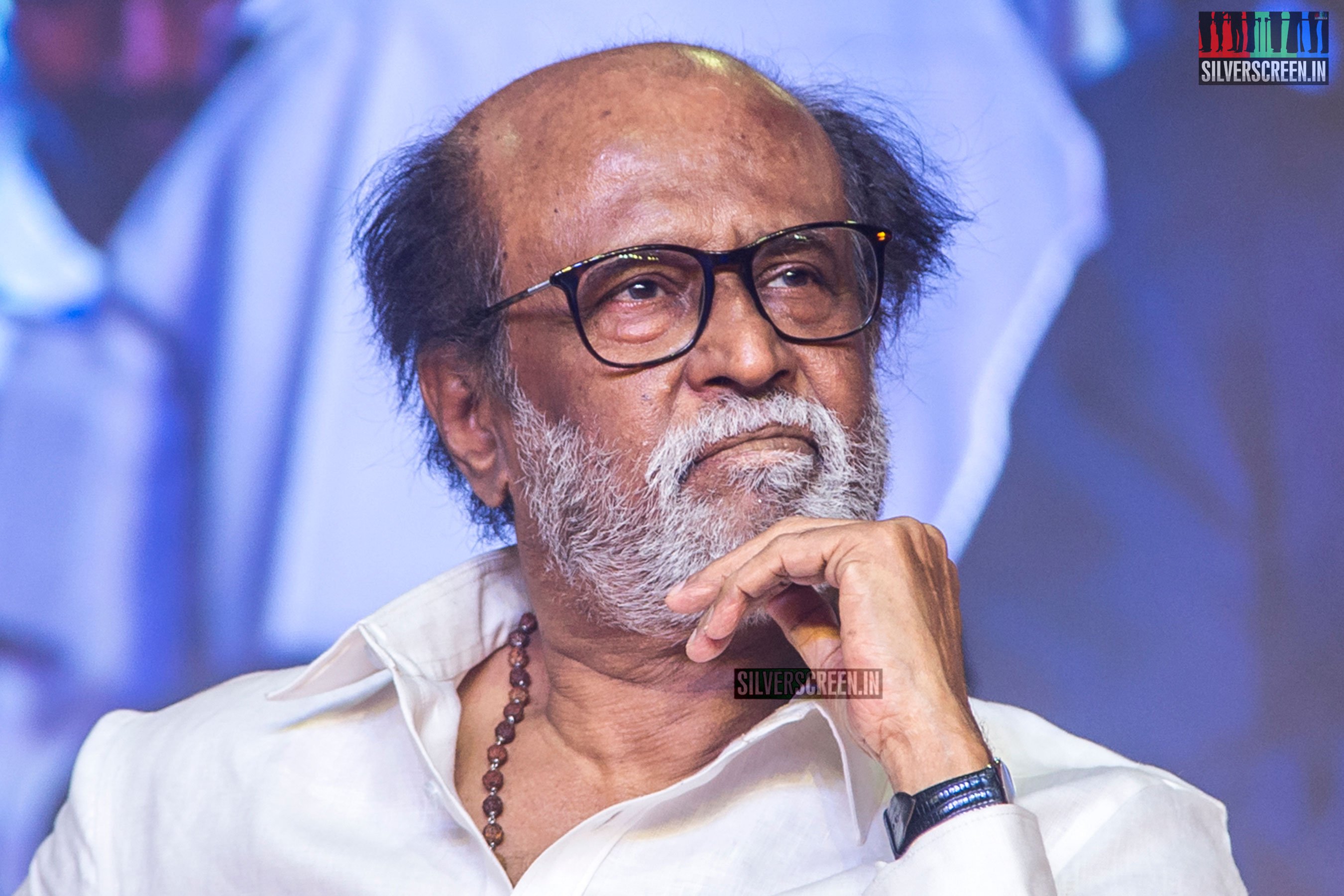This is part of the series where Silverscreen will recommend films, documentaries, shorts, songs or scenes from seminal films that make a compelling watch.
It was early April of 1995, the onset of a summer vacation. I was among a bunch of restless children who pestered the elders at home to take them to a movie. “Something fun,” we said, and we were treated to a matinee show of Spadikam, a new Mohanlal movie, amid an audience – mostly families – who cheered, hooted and silently shed tears over the next 90 minutes. In spite of not being a fan of mass movies, the film left me impressed then, and I have lost count on the number of times I have revisited the film since that day.
Directed by Bhadran, Spadikam is a pop culture phenomenon that needs to be analysed and understood. The film finds a balance between a powerful drama and a mindless entertainer that only a few films have been able to achieve. It has been over two decades since it released, but the mass aura around Spadikam hasn’t faded. Time and again, the film is re-screened in Kerala upon popular demand, and the iconic get-up of Aadu Thoma (Mohanlal) – the man who drinks blood straight from a goat’s chest – remains to be one of the most-chosen cosplay characters among Keralites. Also, Spadikam is one of the films that triggered the decay that spread over Malayalam cinema in the late 90s and 2000s, when the industry churned out one unwatchable superstar-vehicle and mediocre film after another, unabashedly conservative and regressive in nature. Inadvertently, though.
Unlike the usual films in the mass potboiler genre, Spadikam‘s plot and the characters are firmly rooted in the surroundings. The audience’s intelligence isn’t taken for granted. The story isn’t centered around good vs bad, but has more nuances and complications. The title, Spadikam (Crystal) is a nod to the hero’s tumultuous childhood where he struggled to fit into a society that demanded him to be normal, while he was clearly different. The many stunt scenes in the film project his turbulent psyche than his invincibility.
When we meet Thomas aka Aadu Thoma first, he is a working class hero who takes on the landlords, company/business owners and their goons, and the police and courts who work for the bourgeois and the elite class. He isn’t a role model citizen. He isn’t highly educated or sophisticated. Every action scene in the film culminates where he strips off his mundu (dhoti) and wraps his rival’s head in it, blinding him. He spends his nights with Laila, a prostitute, who is head over heels in love with him. In the introduction scene, you get a shot of an injured Thoma rising from the ground, and dashing towards the villains. He is dressed in bright red clothes, symbolizing rage, a characteristic of young mass heroes. He is an angry man, and soon, we come to know where this anger comes from. The shot is juxtaposed against an image of an oracle in form. This man, the film tells, is God’s special child. After all, his lorry is named ‘Mary Dasan’, the servant of Mary, the mother of Jesus (also Thomas’ mother). Who must ‘Mary Dasan’ serve, if not Mary’s son?
Gradually, we are provided with a vivid picture of Thoma’s childhood and teenage. He is from a well-to-do middle-class household of a high school teacher of mathematics, Chacko (Thilakan), who is a strict disciplinarian. Theirs is a brilliantly etched out relationship. The father wants the son to turn out perfectly like him as though human beings are mathematics equations. Young Thoma is a prodigy of a different kind; an artist who dreamed and imagined boundlessly, spending his days in the attic of the house working on inventions. He has zero interest in numbers. The rift between the father and the son results in the latter’s transformation into a dare-devil goon whose existence becomes an embarrassment for the former. Spadikam is Chacko’s story as much as it is Thoma’s.
The women in Spadikam are of the fiery kind, yet confined to be in the orbit that revolves around the hero. The first woman character we meet Laila who, like a slave, serves the man on and off the bed. He uses her to hurt his father in a scene where he walks through the town’s main road, holding his hand. For the man, it’s a moment of victory – the camera is focused on him – while she is without an agency, publicly shamed for her profession. Thoma’s mother and sister (Chippy) are only defined by their relationship with him. Thulasi (Oorvasi) his childhood sweetheart, returns to the town after several years of separation, with a sole objective to make his life better. In Spadikam, however, misogyny was finely coated in a fabric of smart writing and staging of scenes that gave the female artistes immense space to establish their mettle, unlike the later mass hero films where they were laughably silly props.
The film resembles Devasuram and Kireedom in the plot as well as the hero’s character construction. The protagonist is a flawed man tending to some wounds from the past. He isn’t invested in a social cause, but his own survival. In all three films, the hero shares a complicated relationship with his father which makes him an outcast who finds refuge in a social circle different from the one in which he grew up. In Devasuram, the plot culminates in his redemption, in Spadikam and Kireedom, he slides into the terrain of self destruction. Ranjith, the writer of Devasuram, replicated this formula in films such as Narasimham and Araam Thampuran later on, albeit they ended up being a celebration of machismo, reducing the sub-characters into props that back the hero’s overtly bright masculinity.
Recommended
Malayalam cinema has largely moved into a turf unsuitable for mass heroes, barring rare exceptions like Puli Murugan which don’t come close to Spadikam in terms of quality of writing or execution. However, Aadu Thoma, Chacko and Spadikam stand tall as relics of an era when ‘mass’ genre didn’t belittle the audience or rely on superficial ideas, but drew inspiration from life to create adrenaline-pumping moments.
***
Also read:
The Timelessness Of Onnu Muthal Poojyam Vare
‘Before My Eyes’, Mani Kaul’s Ode To Kashmir
A Group Of Youngsters Dissect The Idea Of India In ‘I Am 20’
Star-Crossed Lovers Of Annayum Rasoolum



